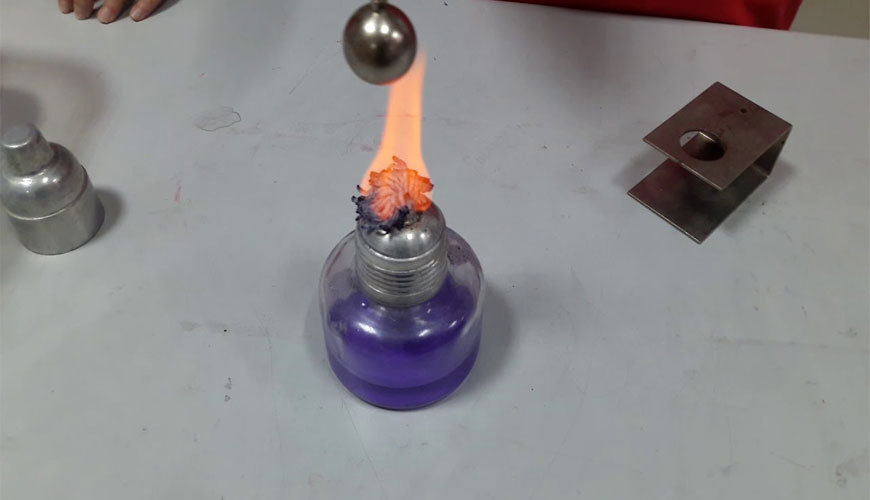

Any material under the influence of increasing temperature begins to expand. This causes significant changes in dimensions, part warping, or internal stress. Linear coefficient of thermal expansion (CLTE) is a material property that characterizes the ability of a plastic to expand under the influence of temperature rise. Applied tests show how dimensionally stable a part under development will remain under temperature changes.

The most widely used international standards for measuring the linear (linear) coefficient of thermal expansion in plastics are:
These standards cover materials in the form of thermoplastics and thermoset materials, filled or unfilled, sheets or molded parts.
The main techniques used for coefficient of thermal expansion measurements are: dilatometry, interferometry, and thermomechanical analysis.
Our organization also provides CLTE linear thermal expansion coefficient testing services.
To get an appointment, to get more detailed information or to request an evaluation, you can ask us to fill in our form and reach you.